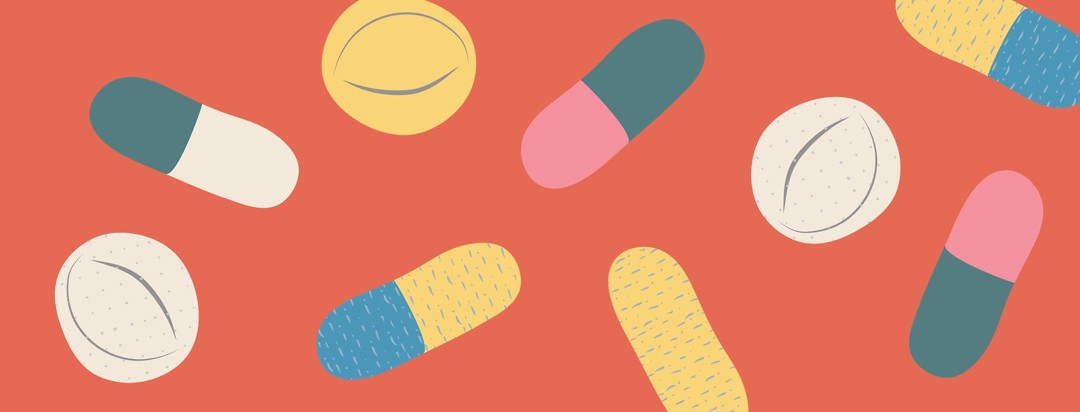How Does It Work? Low Dose Naltrexone for Chronic Pain
One of our contributors recently discussed her experiences with Low Dose Naltrexone, a new and experimental way to treat chronic pain. In Part 2, we’ll explore how scientists believe Low Dose Naltrexone works on chronic pain, and some of the new ways it’s being used in medicine.
A history of this particular treatment option
Naltrexone was first used in the 1960s as a way to treat opioid addiction and was officially approved by the FDA in the 1980s. Naltrexone binds to the same receptors as opioids, effectively blocking or lessening their effect.
Naltrexone can also be used to curb alcohol dependency, but how that works is less well understood.
Featured Forum
View all responsesIn both cases, however, naltrexone is used at around 50-100mg daily. What’s interesting about naltrexone is that at lower doses, it exhibits different properties, and may be used to treat conditions that it has no effect on at regular doses.
The connection to other chronic conditions
Using medications at lower doses to treat different conditions is not uncommon. Two examples include the use of low dose antidepressants to prevent migraines, or taking low doses of aspirin to prevent blood clots.
In small studies, the use of Low Dose Naltrexone, or LDN, has shown promise in the treatment of chronic pain and inflammation from fibromyalgia, arthritis, multiple sclerosis, and Crohn’s Disease.
Unlike the use of high dose naltrexone for substance abuse, for pain and inflammation, naltrexone is used at about 1/10th its regular dosing.
What is the current research?
So, how do scientists and doctors suspect LDN works? The current theory is that LDN works to suppress inflammation by acting on immune cells called microglia. Microglia are found in the brain and spinal cord. When activated, they release inflammatory molecules called cytokines.
These inflammatory cytokines can increase pain sensitivity and fatigue, and trigger other inflammation cascades in the body. Although we don’t know what causes fibromyalgia, it’s suspected that chronic glial cell activation is involved. This may explain why a 2010 study of LDN treatment in women with fibromyalgia found a 30% reduction in symptom severity.
An even stronger response in symptom reduction has been found in patients with Crohn’s Disease where in the small studies that have been conducted, up to 80% saw significant improvement.
Scientists suspect that the effect LDN has on chronic pain caused by autoimmune conditions like psoriatic arthritis works in much the same way, suppressing glial cells and therefore keeping down inflammation.
In addition, there’s some evidence that LDN retains some of its regular dosing activity and blocks opioid receptors which causes the body to release more endorphins, reducing pain.
Can it help with PsA pain management?
The FDA has not approved the use of LDN for inflammatory or chronic pain conditions, but there are ongoing clinical trials to assess its effectiveness in osteoarthritis and inflammatory arthritis like psoriatic arthritis and rheumatoid arthritis.
In addition to our contributor Leanne’s experience, other community members from our sister site, RheumatoidArthritis.net, have shared their stories.
We’ll have to wait for more clinical trials before we see approved uses for LDN, but these are in the works. It’s also predicted that LDN will have fewer side effects and a potentially reduced drug cost.
What about you? Have you heard about using LDN for treating chronic pain? Let us know in the comments!

Join the conversation